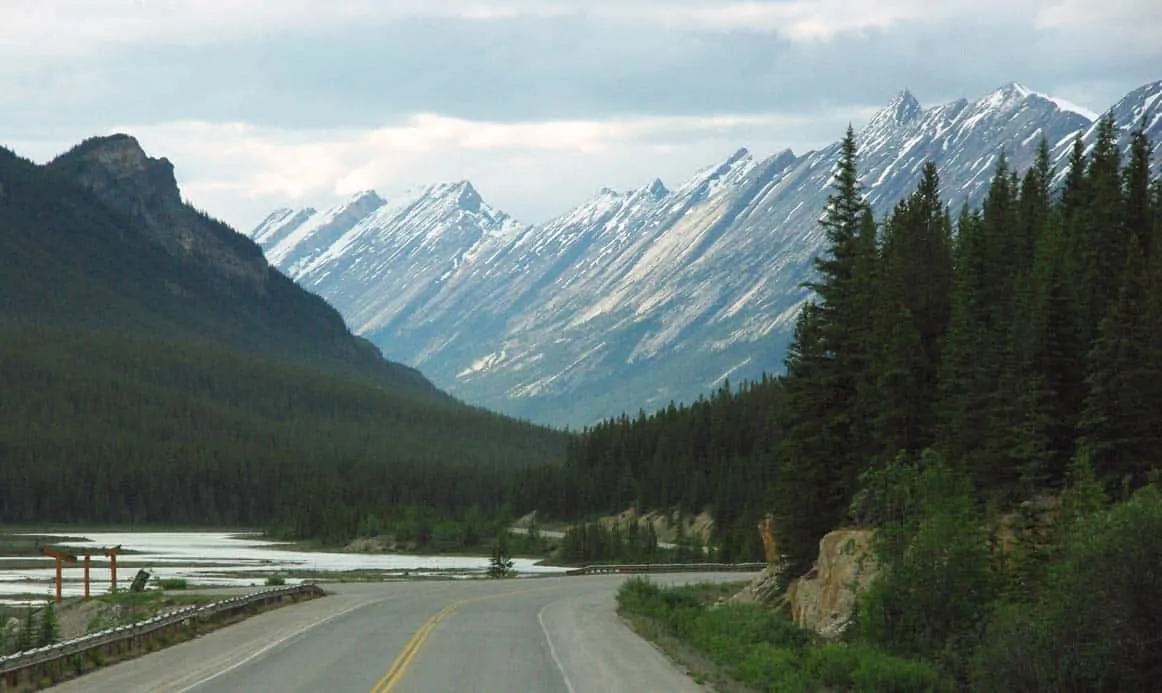A national park is a beautiful place which has been created or is used for the purpose of conservation. National parks are composed of natural, semi-natural or a developed piece of land. They are a symbol of pride for a nation.
Yellowstone National park in the U.S. was the first national park anywhere in the world and was opened in 1872. There are a total of 6555 recognized national parks in the earth and some of these are really very large considering the land and water area. Here is a list of the 5 largest national parks in the world:
1. Northeast Greenland National Park, Denmark
Northeast Greenland National Park in Greenland, Denmark is the largest national park in the world. It is sprawled out over an area of 927,000 sq km (375,000 sq mi). This makes the park larger than most countries.
It would actually place 31st if it were a country, just behind Egypt. The only national park in Greenland, it is the most northerly national park in the world.
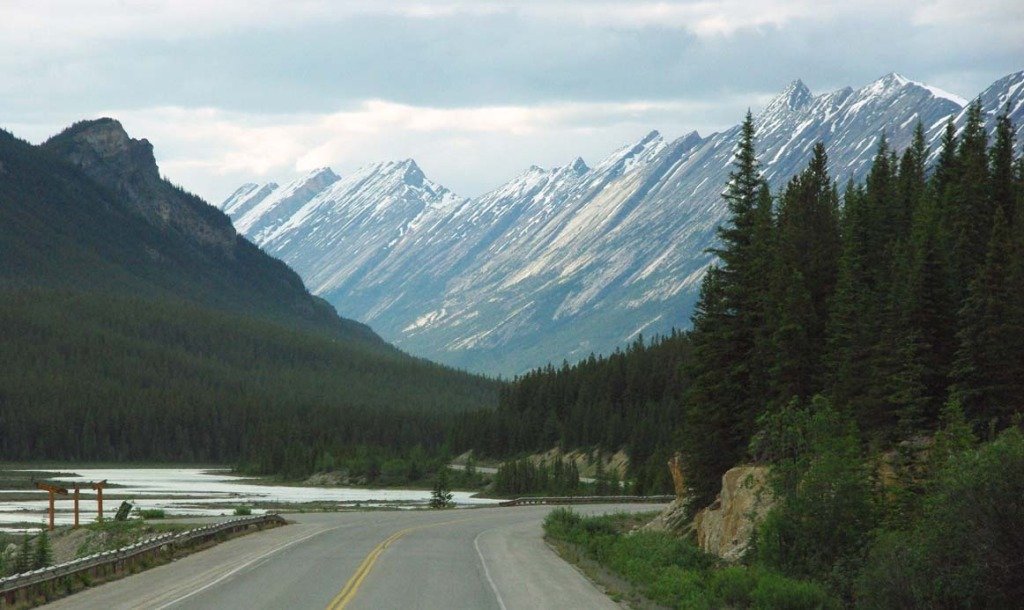
Around 5,000 to 15,000 musk oxen, as well as polar bears and walrus live near the coastal regions of the park. This is stated to be 405 of the world population of musk ox. Other mammals include arctic hare, arctic fox, and stoat.
There are also other marine mammals like ringed seal, harp seal, bearded seal and hooded seal, as well as narwhal and Beluga whale. Some of the birds which live and breed in the park are king eider, gyrfalcon, snowy owl, ptarmigan and raven.
2. Great Barrier Reef Marine Park, Australia
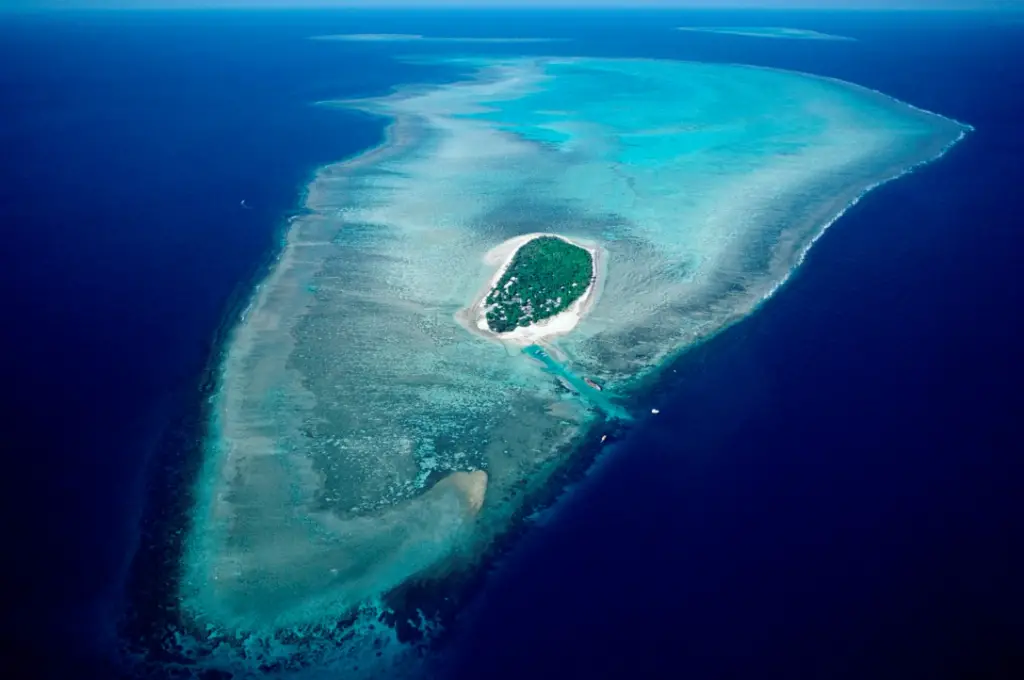
The Great Barrier Reef Marine Park is the second largest national park in the world and is situated in Australia. It protects a large part of Australia’s Great Barrier Reef from being damaged in any way. This includes by fishing and also the removal of artifacts or wildlife (fish, coral, sea shells, etc.).
All of this is strictly regulated, along with commercial shipping traffic which must stay on certain specific defined shipping routes that avoid the most sensitive areas of the park. The Great Barrier Reef is the world’s largest cluster of corals and other exotic marine life.
3. Great Limpopo Transfrontier Park, Mozambique
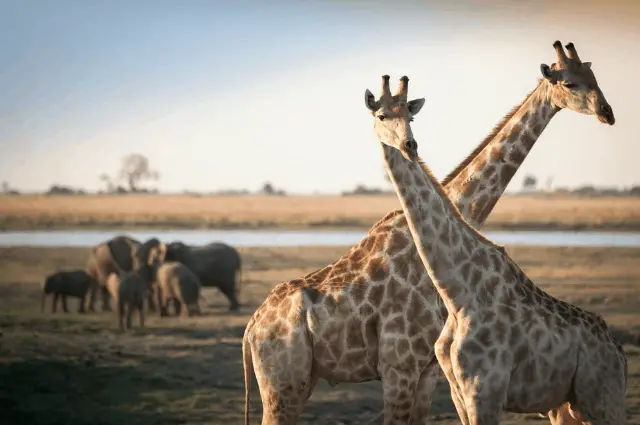
This national park is located in Mozambique and is yet another very large park which covers an area of 99,800 sq km. Great Limpopo Transfrontier Park straddles the borders of Mozambique, South Africa and Zimbabwe and joins some of the most established wildlife areas in southern Africa into a huge conservation area the size of the Netherlands.
In 2006 the Giriyondo tourist access facility between the Limpopo and Kruger national parks was opened. There were 5,000 animals translocated from Kruger to Limpopo National Park. This, combined with 50 km of fencing being dropped, has encouraged more animals, including over 1,000 elephants and over 1,000 buffalo, to cross the border of their own accord.
Worlds Most Beautiful Islands You Need to Travel
4. Namib Naukluft Park, Namibia
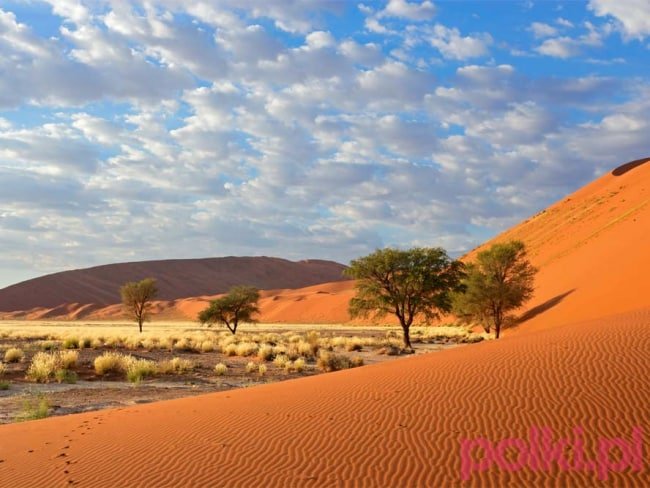
Namib Naukluft Park is a national park of Namibia encompassing part of the Namib Desert (considered the world’s oldest desert) and the Naukluft mountain range. It covers an area of 49,768 km (19,216 sq mi). It is the largest game park in Africa and the fourth largest in the world. The area of the park which is best-known as Sossusvlei and also the main visitor attraction in Namibia.
The park plays host to a surprising collection of creatures which manage to survive in the extremely arid region, including snakes, geckos, unusual insects, hyenas, gemsboks and jackals. Interestingly enough, more moisture comes in as fog off the Atlantic Ocean than falls as rain, with the average 106 millimeters of rainfall per year mostly occurring in February and April.
5. Wood Buffalo National Park, Canada
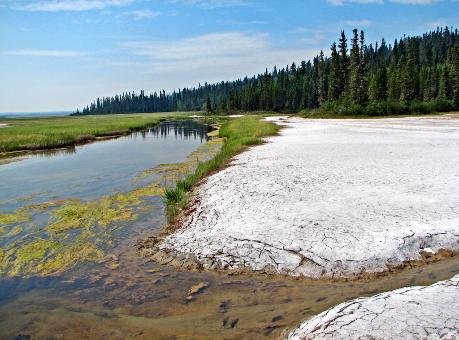
Wood Buffalo National Park was created in 1922 to protect the habitat of a small herd of wood bison whose declining population had dropped from 40 million in 1830 to less than 1000 by 1900.
The park consists of 44,807 square kilometers of northern boreal interior plains landscape, located in the extreme north of Alberta and overlapping into the Northwest Territories, encompasses not only the largest free-roaming and self-regulated bison herd in the world but the world’s only natural nesting site of the whooping crane.
Now a UNESCO World Heritage Site, as well as Canada’s largest park, it is also the world’s fifth largest national park.
